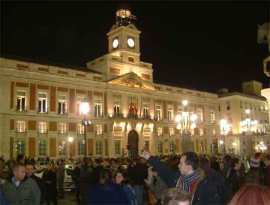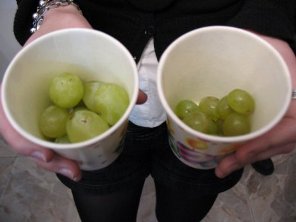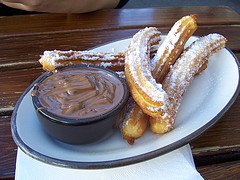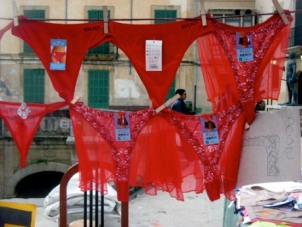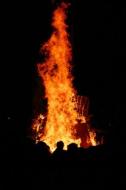
|
|
New Year's Eve In Spain; New Year's Eve In Ecuador;
NEW YEARS EVE - LA NOCHEVIEJA
| IN ECUADOR - EN ECUADOR | ||
In Ecuador, on New Year's Eve, elaborate effigies, called "Años Viejos" (Old Years) are created to represent people and events from the past year. These can include political leaders or famous characters that the creator of the effigy may have disagreed with. The dummies are made of straw, newspaper, and old clothes, with papier-mâché masks and are stuffed with fire crackers. At midnight the effigies are set on fire to symbolize the end of the past year and welcoming of the New Year. The origin of the tradition has its roots in pagan Roman and pre-Roman Spanish traditions still celebrated in Europe and which were brought to many countries of Latin-America in colonial times. |
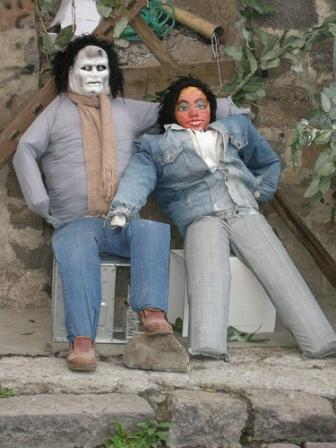 |
En Ecuador, durante la Nochevieja, se crean efigies elaboradas, llamadas "Años Viejos" para representar a las personas y los acontecimientos del año pasado. Estos pueden incluir los líderes políticos o personajes famosos con los que el creador de la efigie no está de acuerdo. Los maniquíes son hechos de paja, periódicos, y ropa vieja, con máscaras de papier-maché y se rellenan con petardos. A medianoche, se prende fuego a las efigies para simbolizar el fin del año pasado y la bienvenida del Año Nuevo. El origen de la tradición tiene sus raíces en la época romana pagana y tradiciones españolas pre-romana que se celebran todavía en Europa y que fueron traídas a muchos países de América Latina en la época colonial. |
Other rituals are performed for the health, wealth, prosperity and protection of each family member. These rituals are the following: Twelve grapes: Each person eats twelve grapes before midnight, making a wish with each grape (same as in Spain - see video above). |
Se efectuan otros rituales para la salud, la riqueza, la prosperidad y la protección de cada miembro de la familia. Estos rituales son los siguientes: Doce uvas: Cada persona come doce uvas antes de la medianoche, haciendo un deseo con cada uva (la misma que en España - ver video más arriba). |
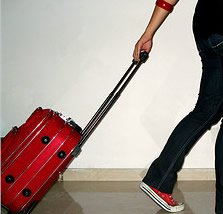 |
| FUN SPANISH | LANGUAGE RESOURCES | SPANISH CULTURE |
VISIT SPAIN | SPANISH AMERICA |
Spanish Crosswords
Join F-L-S on FACEBOOK; TWITTER; BLOG; CONTACT US; SHARE LINKS
|
Conectores Textuales Free Spanish resources Spanish English Names Imperfect vs Preterite Most Useful Spanish words and phrases Por vs Para Ser vs Estar Spanish Courses Spanish Dictionary Spanish Grammar and Language Spanish Lesson of the Week Spanish Media Links Spanish Links Spanish Oral Exam Linking Phrases Spanish Pronouns Spanish Questions Spanish Speaking situations Spanish Subjunctive Spanish Verbs |
Spanish Artists Picasso Miro Spanish Cocktails Spanish Fiestas - Día de San Valentín (Valentine's) - El Colacho (Baby jumping) - Las Fallas (Festival of fire) - La Tomatina (Tomato fight) - San Fermin (Running of the bulls) Semana Santa (Holy Week-Easter) Spanish Food Pancake Recipe Spanish Music Spanish Tapas Spanish Wine Top Spanish Beaches Top Spanish Golf Top Spanish Resorts Top Spanish Restaurants Top Spanish Sports |
Alicante
|
Mexico City Mexico Places Mexican Posadas Food of Mexico Colombia Spanish USA Spanish California Argentina Buenos Aires Iguazu Falls Peru Machu Picchu Venezuela Santiago Chile Concha Y Toro wines Ecuador Galapagos Guatemala Paraguay Cuba Costa Rica Dominican Republic Bolivia Honduras El Salvador |
Copyright © and TM 2007-2024 fun-learning-spanish.com |
